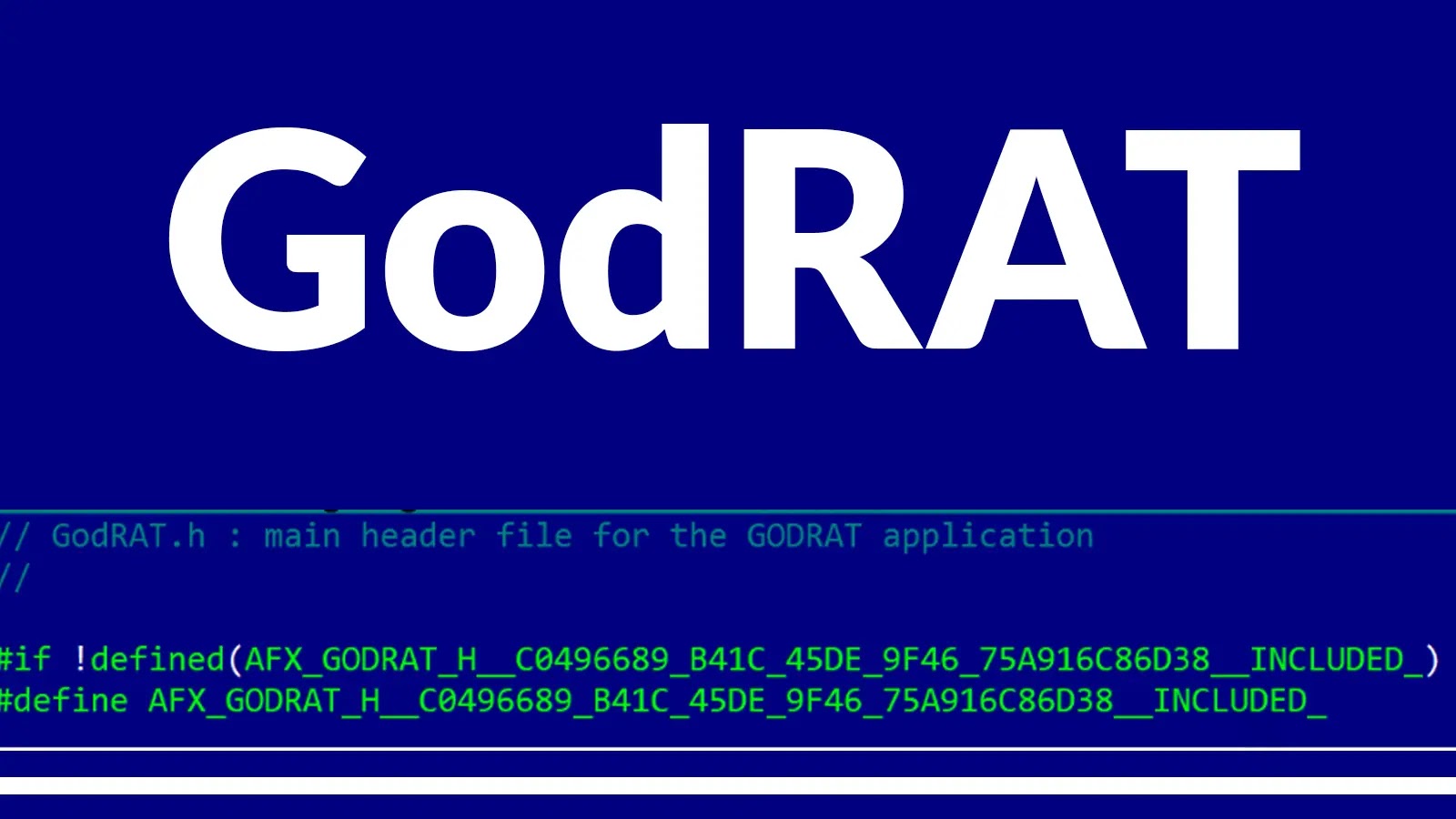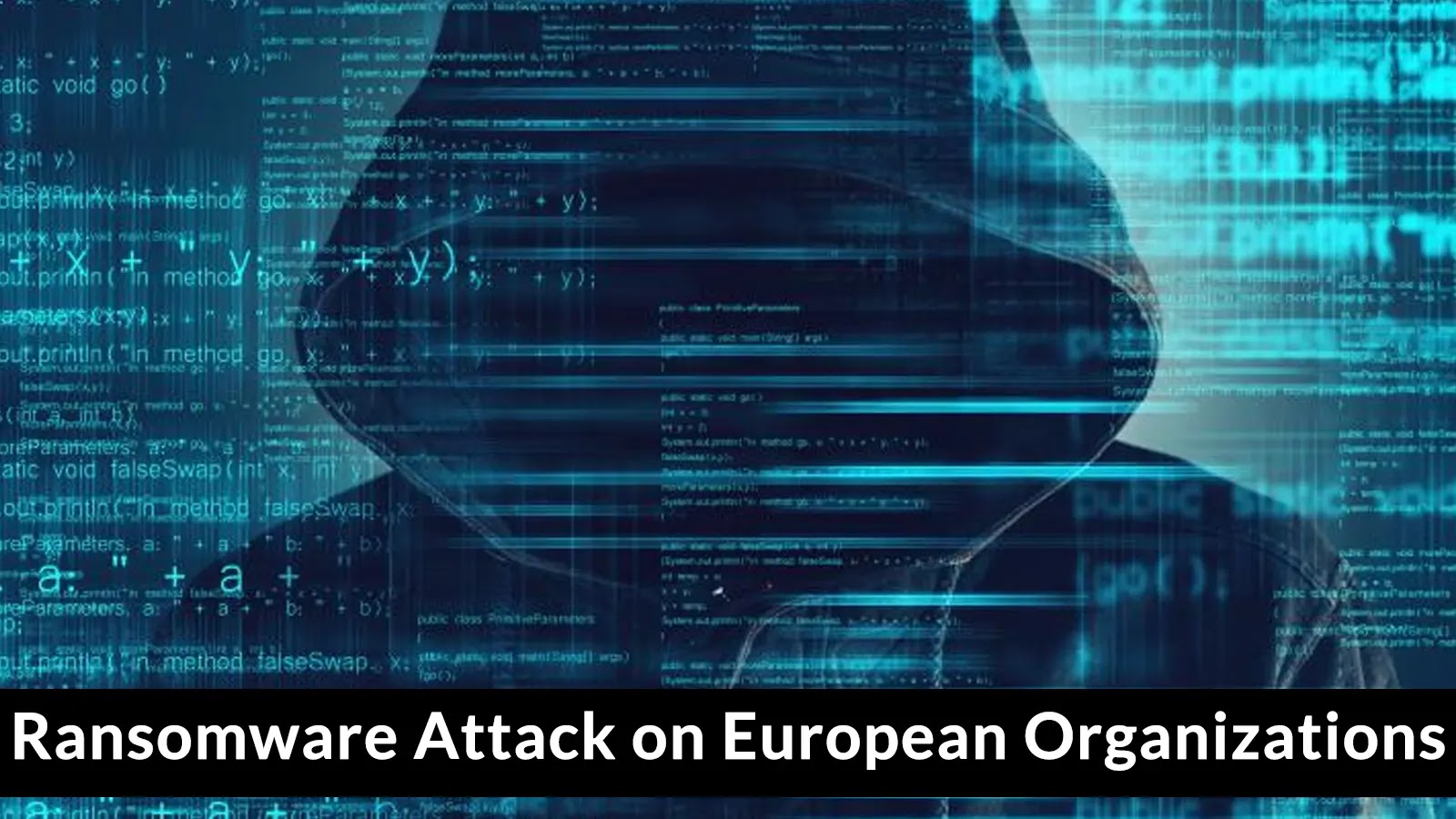In mid-2025, cybersecurity researchers identified a formidable botnet named RondoDox, distinguished by its aggressive and expansive exploitation tactics. This botnet employs a ‘shotgun’ approach, utilizing over 50 distinct exploits to compromise a wide array of network devices, including routers, digital video recorders (DVRs), network video recorders (NVRs), closed-circuit television (CCTV) systems, web servers, and other critical networking equipment.
Initial Discovery and Early Exploits
RondoDox first came to the attention of security experts in mid-2025, notably through its exploitation of CVE-2023-1389. This particular vulnerability is a command injection flaw found in the WAN interface of TP-Link Archer AX21 routers, which was initially disclosed during the Pwn2Own Toronto hacking contest in 2022. The botnet’s operators swiftly capitalized on this weakness, integrating it into their arsenal to infiltrate susceptible devices.
Rapid Expansion of Targeted Vulnerabilities
By June 2025, RondoDox had significantly broadened its scope, incorporating exploits for CVE-2024-3721 and CVE-2024-12856. These vulnerabilities affect TBK DVRs and Four-Faith routers, respectively. This expansion marked a strategic shift, as the botnet began targeting devices from over 30 different vendors, demonstrating its operators’ adaptability and extensive reach.
Comprehensive Exploit Arsenal
The botnet’s repertoire now includes 56 vulnerabilities, with 18 lacking assigned CVE identifiers, indicating previously unknown or unreported flaws. Predominantly, these are command injection vulnerabilities, a type of security flaw that allows attackers to execute arbitrary commands on a host operating system via a vulnerable application. The inclusion of several of these vulnerabilities in the U.S. Cybersecurity and Infrastructure Security Agency’s (CISA) Known Exploited Vulnerabilities (KEV) list underscores the critical need for immediate patching and remediation efforts.
Surge in Attacks and Multifaceted Threats
In late September 2025, cybersecurity firm CloudSek reported a staggering 230% increase in RondoDox-related attacks since mid-2025. This surge is attributed to the botnet’s exploitation of weak credentials, unsanitized input fields, and outdated vulnerabilities. Compromised devices are co-opted for various malicious activities, including cryptocurrency mining, launching distributed denial-of-service (DDoS) attacks, and facilitating unauthorized access into enterprise networks.
Evasive Tactics and Collaboration with Other Malware
RondoDox’s operators employ sophisticated evasion techniques, such as rapidly rotating their command-and-control infrastructure to avoid detection and mitigation efforts. Notably, RondoDox binaries have been observed being distributed alongside other notorious malware families, including Mirai and Morte payloads. This collaboration suggests a complex and interconnected cybercriminal ecosystem, where different malware strains are utilized in concert to maximize impact.
Loader-as-a-Service: A New Distribution Model
More recently, RondoDox has expanded its distribution methods by adopting a ‘loader-as-a-service’ model. In this approach, the botnet’s operators provide a service that loads the RondoDox malware onto compromised systems, effectively outsourcing the initial infection phase. This strategy not only broadens the botnet’s reach but also complicates attribution and defense efforts, as multiple actors may be involved in the distribution process.
Implications for Cybersecurity
The emergence and rapid evolution of RondoDox highlight several critical challenges in the cybersecurity landscape:
1. Diversity of Targets: The botnet’s ability to exploit a wide range of devices from numerous vendors underscores the necessity for comprehensive security measures across all network-connected devices.
2. Speed of Exploitation: RondoDox’s swift integration of newly disclosed vulnerabilities into its exploit arsenal emphasizes the importance of timely patching and vulnerability management.
3. Sophisticated Evasion Techniques: The use of rapid infrastructure rotation and collaboration with other malware strains indicates a high level of operational sophistication, requiring advanced detection and response strategies.
4. Emerging Distribution Models: The adoption of loader-as-a-service models reflects an evolving threat landscape where malware distribution is becoming more modular and service-oriented, complicating traditional defense mechanisms.
Recommendations for Mitigation
To defend against threats like RondoDox, organizations and individuals should consider the following measures:
– Regular Patching: Ensure that all devices, especially network-connected equipment, are updated with the latest security patches to mitigate known vulnerabilities.
– Strong Authentication Practices: Implement robust password policies and consider multi-factor authentication to prevent unauthorized access through weak credentials.
– Network Segmentation: Divide networks into segments to limit the spread of malware and reduce the attack surface.
– Continuous Monitoring: Deploy intrusion detection and prevention systems to identify and respond to suspicious activities promptly.
– User Education: Train staff and users on cybersecurity best practices to recognize phishing attempts and other common attack vectors.
Conclusion
RondoDox represents a significant and evolving threat in the cybersecurity domain. Its comprehensive exploitation strategy, rapid adaptation to new vulnerabilities, and sophisticated distribution methods necessitate a proactive and multifaceted defense approach. By staying informed about emerging threats and implementing robust security measures, organizations can better protect their networks and data from such pervasive botnets.



